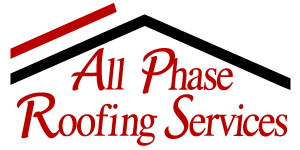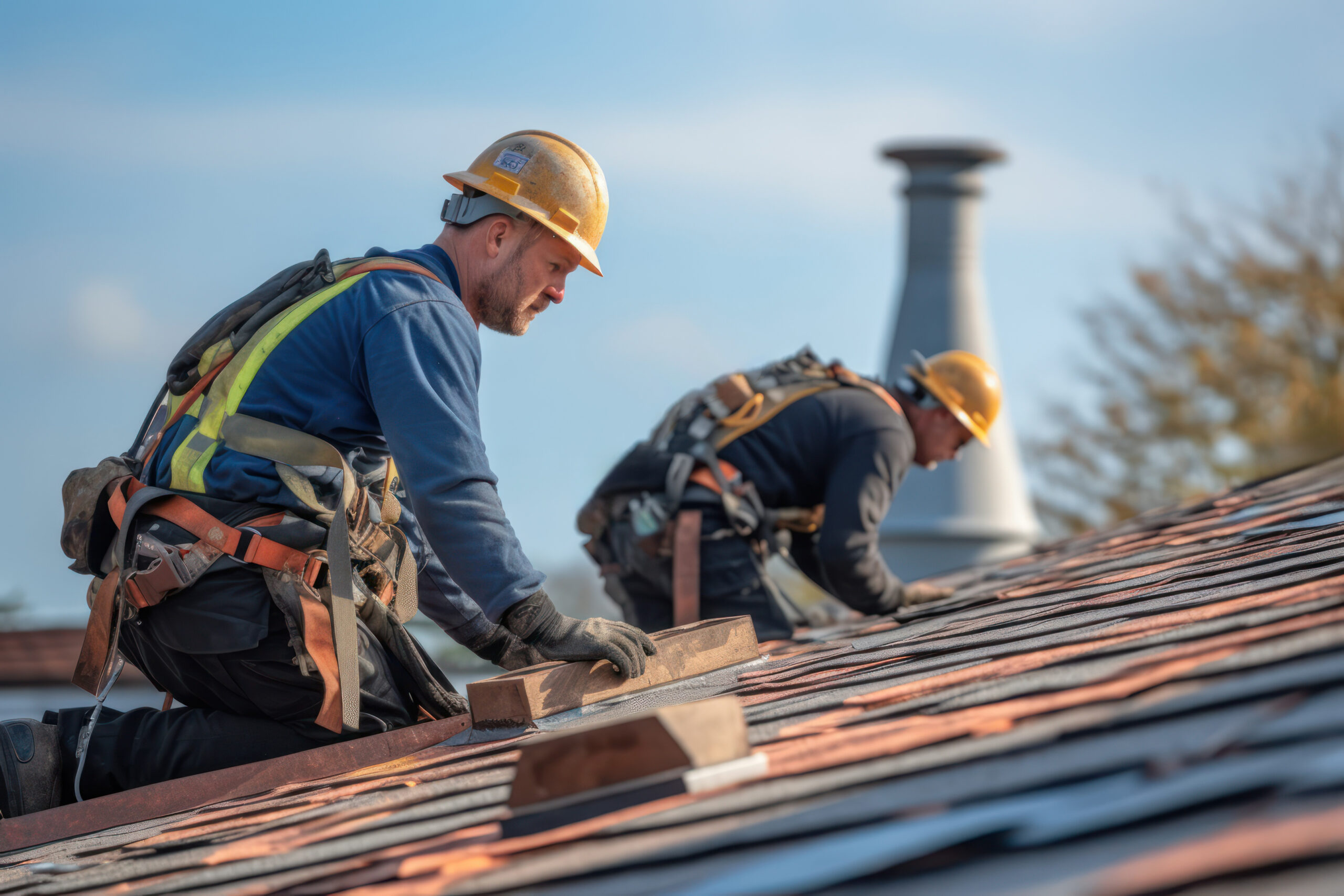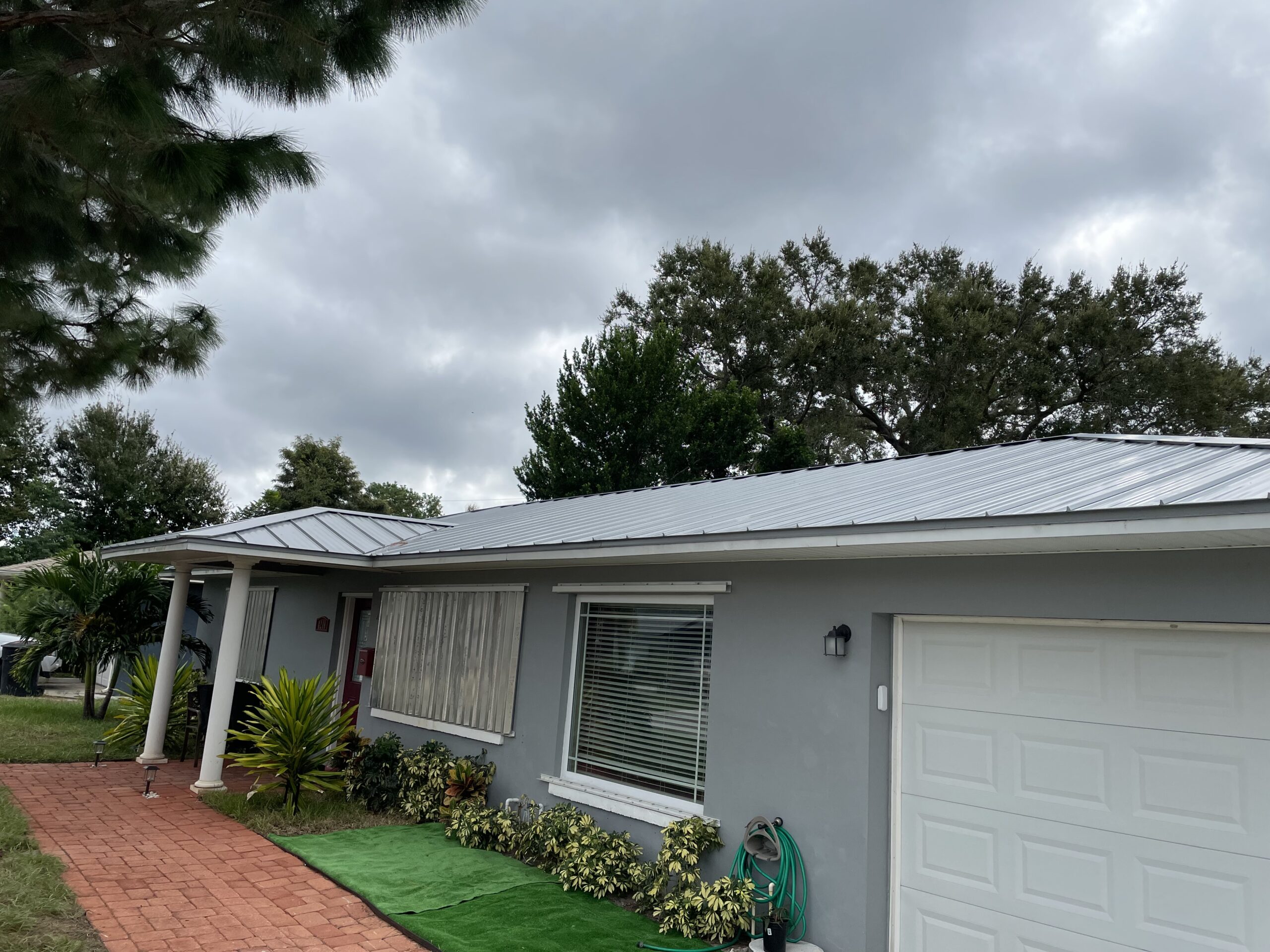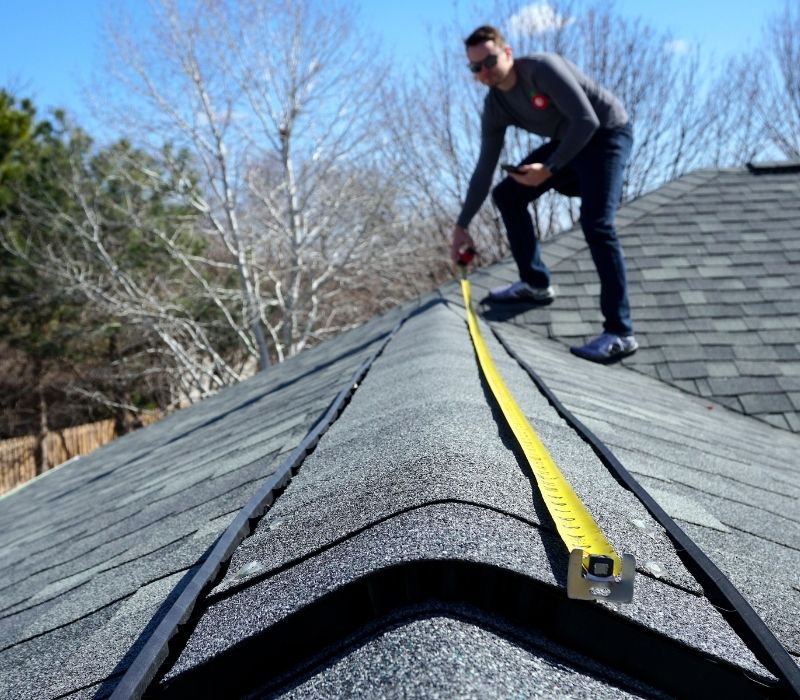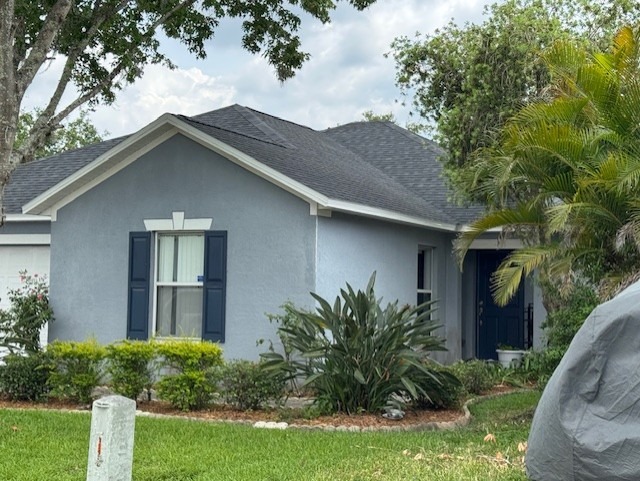Preparing Your Roof for Hurricane Season: A Necessity for Florida Homeowners
As hurricane season approaches, Florida homeowners must proactively safeguard their properties, particularly their roofs. A well-prepared roof can withstand high winds, flying debris, and heavy rains, minimizing the risk of structural damage, water leaks, and costly repairs. Ignoring roof maintenance can lead to severe consequences. Preparing your Roof for Hurricane Season is essential for the safety of your home and loved ones.
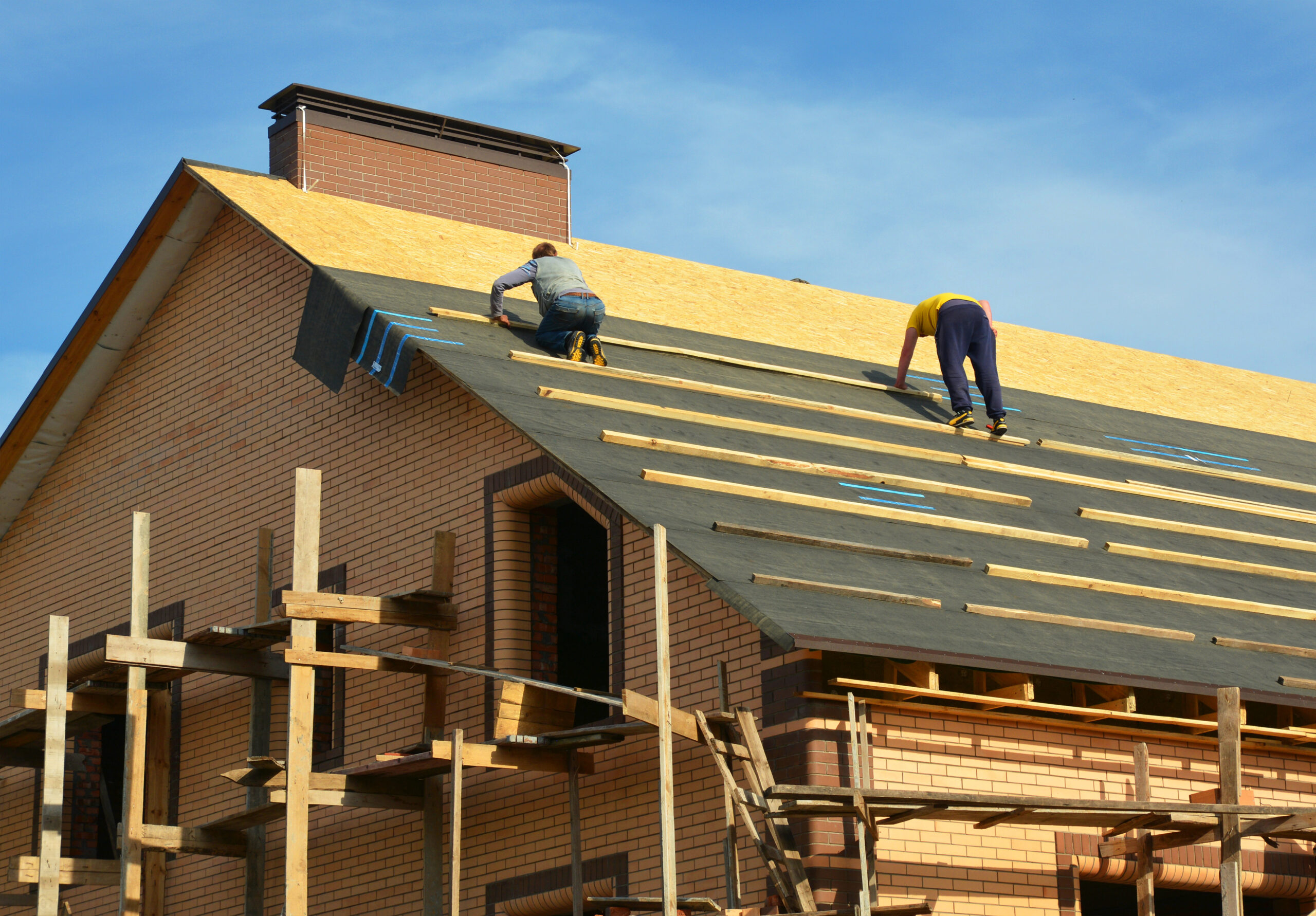
Understanding the Necessity of Preparing Your Roof for Hurricane Season
In Florida, hurricane season runs from June 1 to November 30, peaking between August and October. During this time, homeowners face threats like high winds and airborne debris, which can cause significant damage to inadequately prepared roofs. Statistics from NOAA indicate that an average of six hurricanes occur each season, with roof damage being a leading cause of insurance claims, costing billions in repairs. Proactive roof maintenance prevents small issues from escalating and can lead to savings on future repairs and potential insurance discounts.
Steps for a Thorough Roof Inspection
A thorough roof inspection is crucial for identifying vulnerabilities before storms hit. While DIY inspections are tempting, hiring professionals ensures that all potential weaknesses are addressed. Common vulnerabilities include:
– Improperly Secured Shingles: These can be easily torn off by strong winds.
– Flashing Issues: Proper flashing is vital to prevent water intrusion.
– Debris Accumulation: Leaves and branches can obstruct water flow, leading to damage.
After identifying issues, seek professional advice for solutions, such as securing shingles, patching leaks, and cleaning gutters.

Key Repairs and Reinforcements
Focus on essential repairs and reinforcements to prepare your roof for hurricane season:
1. Repair Damaged Shingles and Flashings: Inspect for cracks, curling, or missing pieces, especially around chimneys and vents.
2. Install Hurricane Clips and Straps: These metal connectors enhance stability by linking roof trusses to walls and securing roof decking.
3. Consider Impact-Resistant Materials: Investing in durable roofing materials that can withstand severe impacts may lower insurance premiums.
Additional Protective Measures
Implementing further protective measures can significantly reduce damage:
– Install Secondary Water Barriers: These barriers minimize leaks even if primary roofing materials are damaged.
– Clear Debris and Secure Outdoor Items: Regularly clean gutters and trim overhanging branches to prevent water accumulation and hazards during storms.
– Check Roof Attachments: Ensure all flashings and vents are secure to prevent water entry.
Insurance and Financial Considerations
Review and update your homeowner’s insurance policies to ensure coverage for hurricane damage. Understand what types of roof damage are included and inquire about potential discounts for proactive roof preparation. Many insurers offer savings for homes with upgraded materials and proper anchoring.
Formulating an Emergency Plan
Creating a well-structured emergency plan is vital. Ensure your family knows evacuation routes, has emergency contacts, and prepares a “go bag” with essentials. Regular roof maintenance and a reliable list of roofing professionals can expedite repairs if damage occurs.
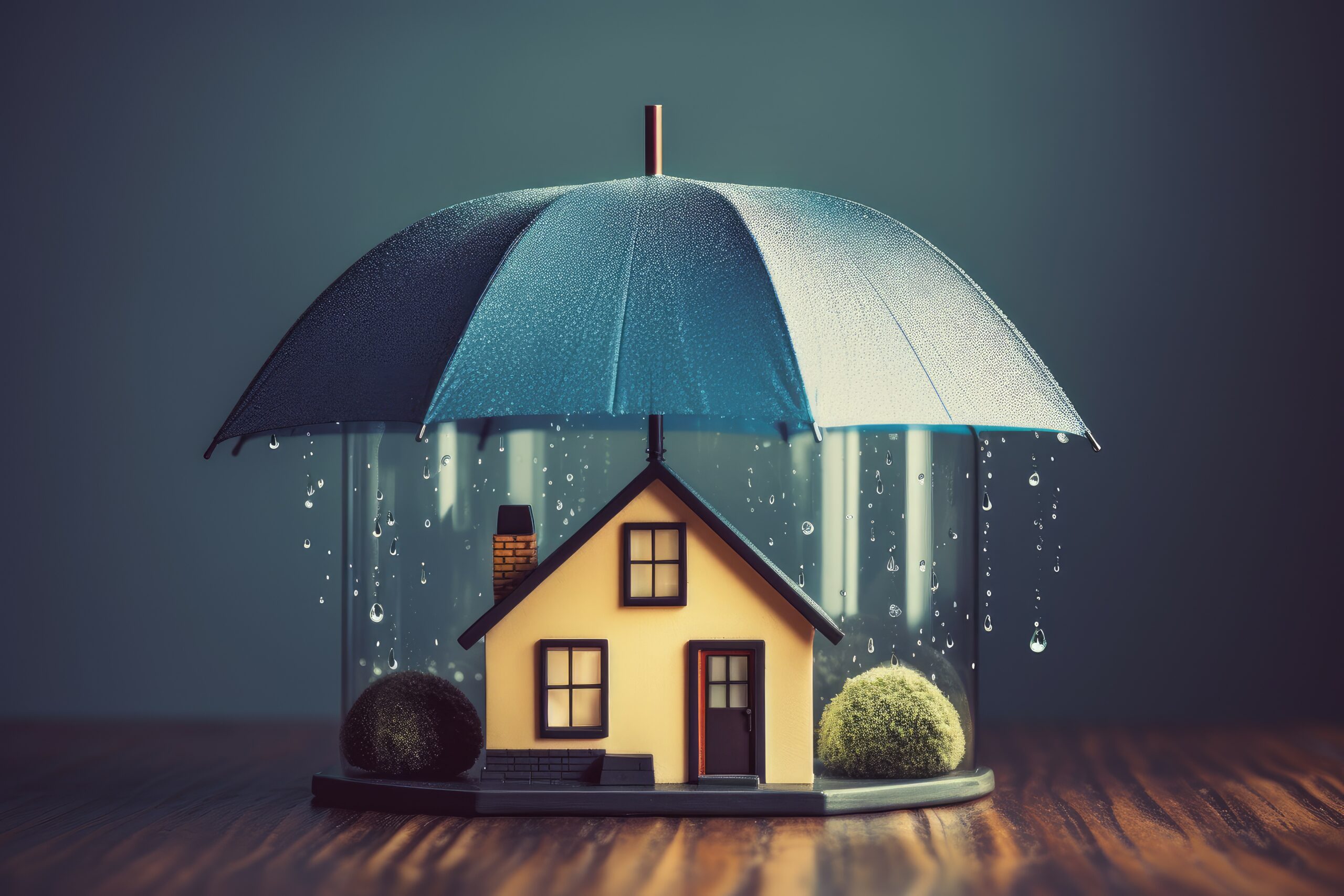
In summary, preparing your roof for hurricane season involves regular inspections, timely repairs, and maintaining surrounding trees. By taking these essential steps, you can significantly reduce potential damage and enhance safety during a hurricane. Don’t wait for a storm warning—begin your preparations now to secure your home and loved ones.
For more information on hurricane preparedness: https://www.allphasebuildingconcepts.com/hurricane-shutters/
